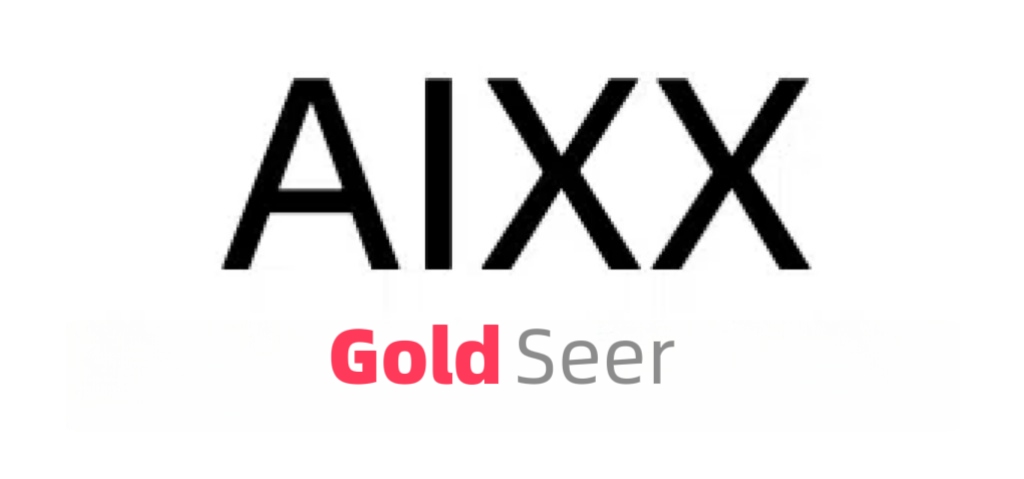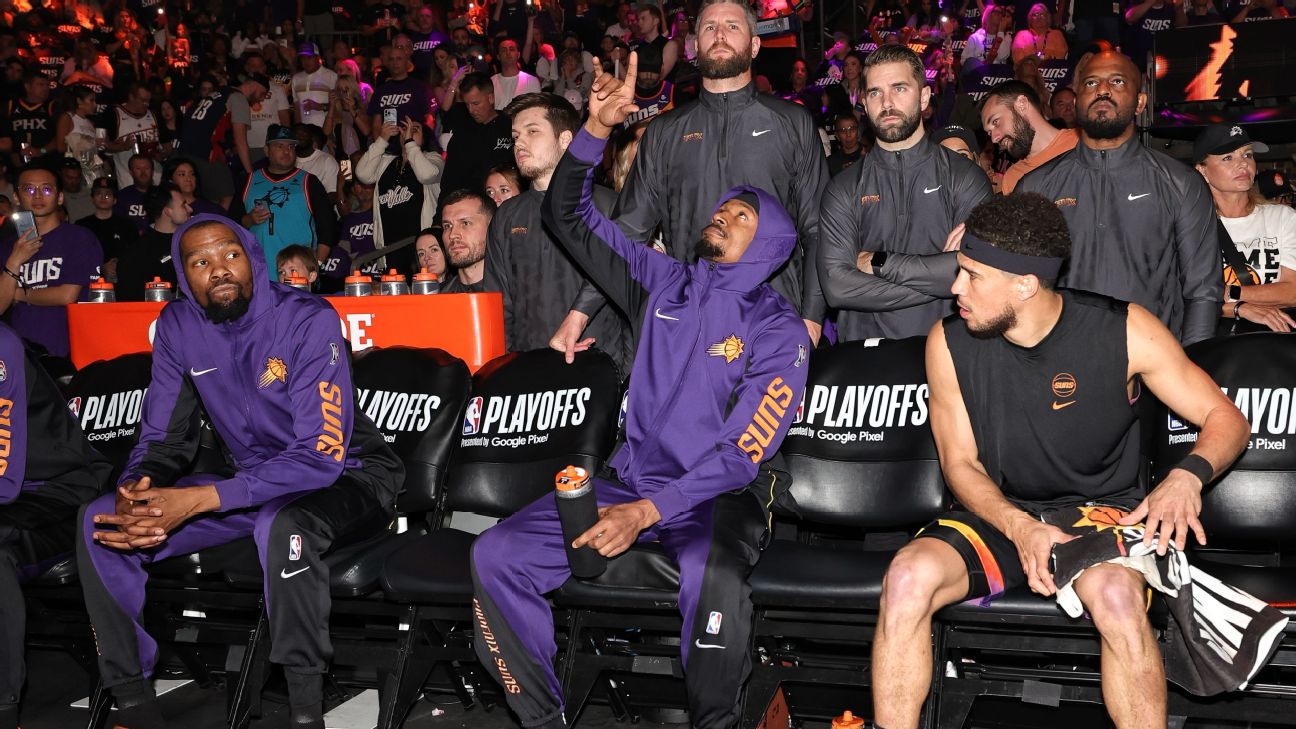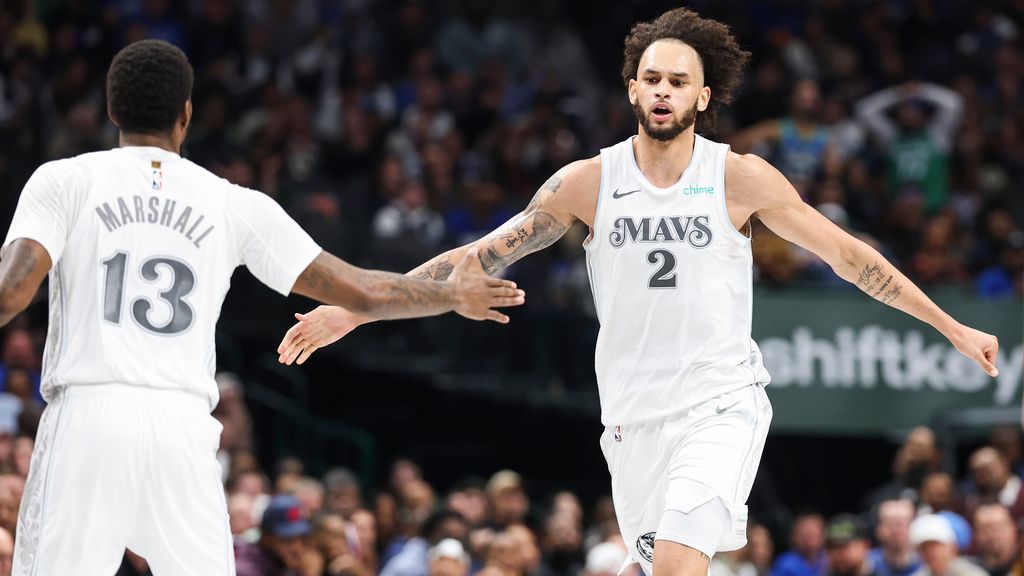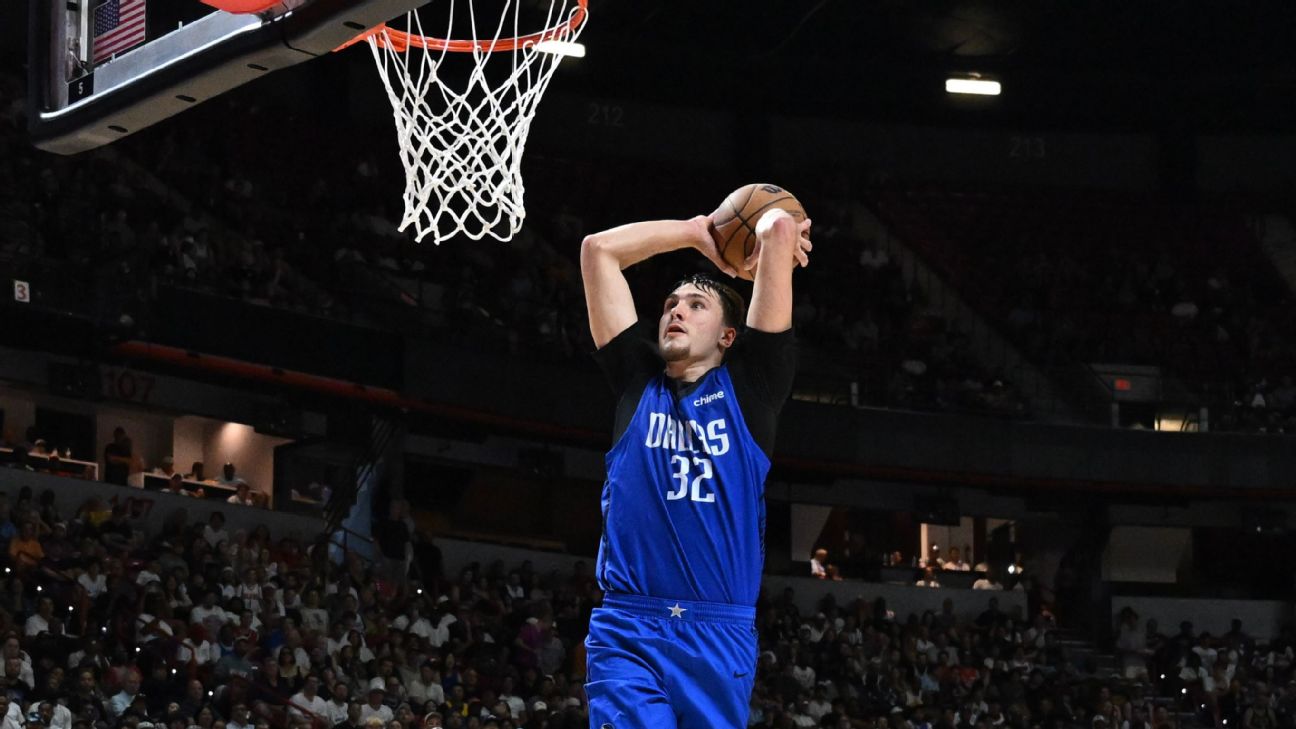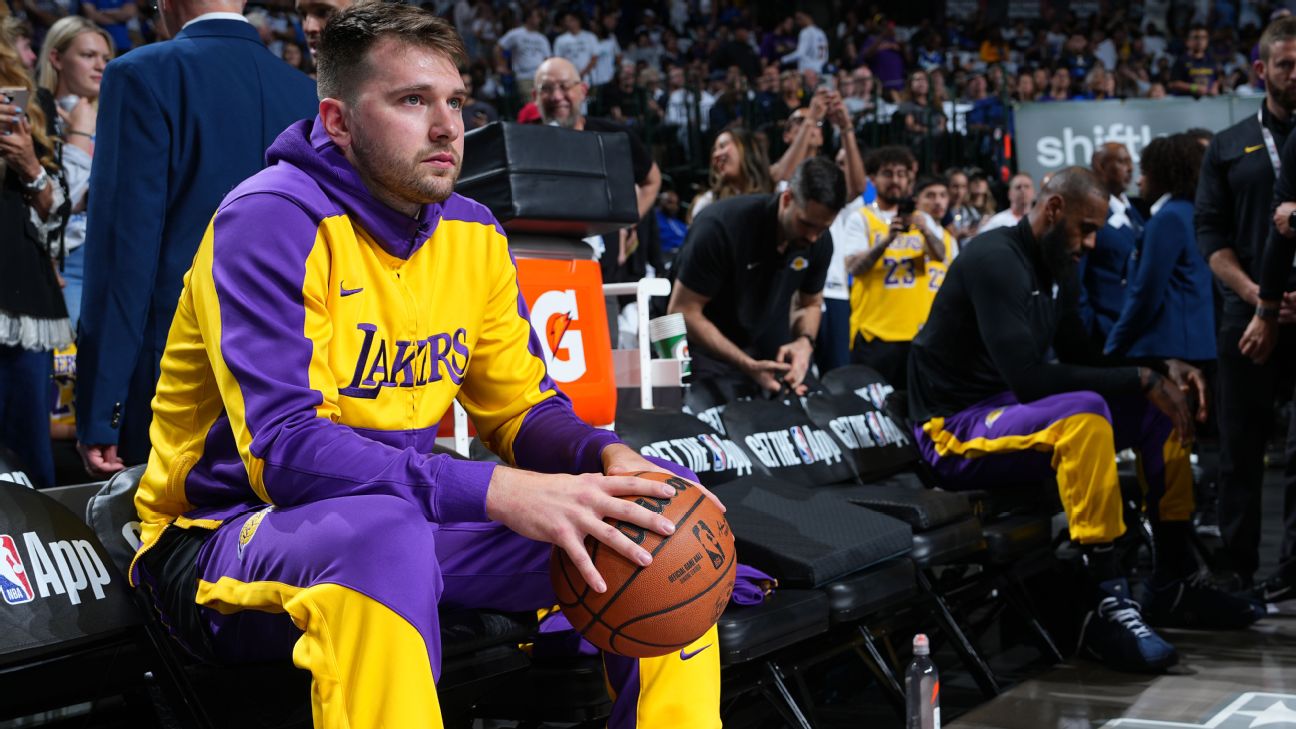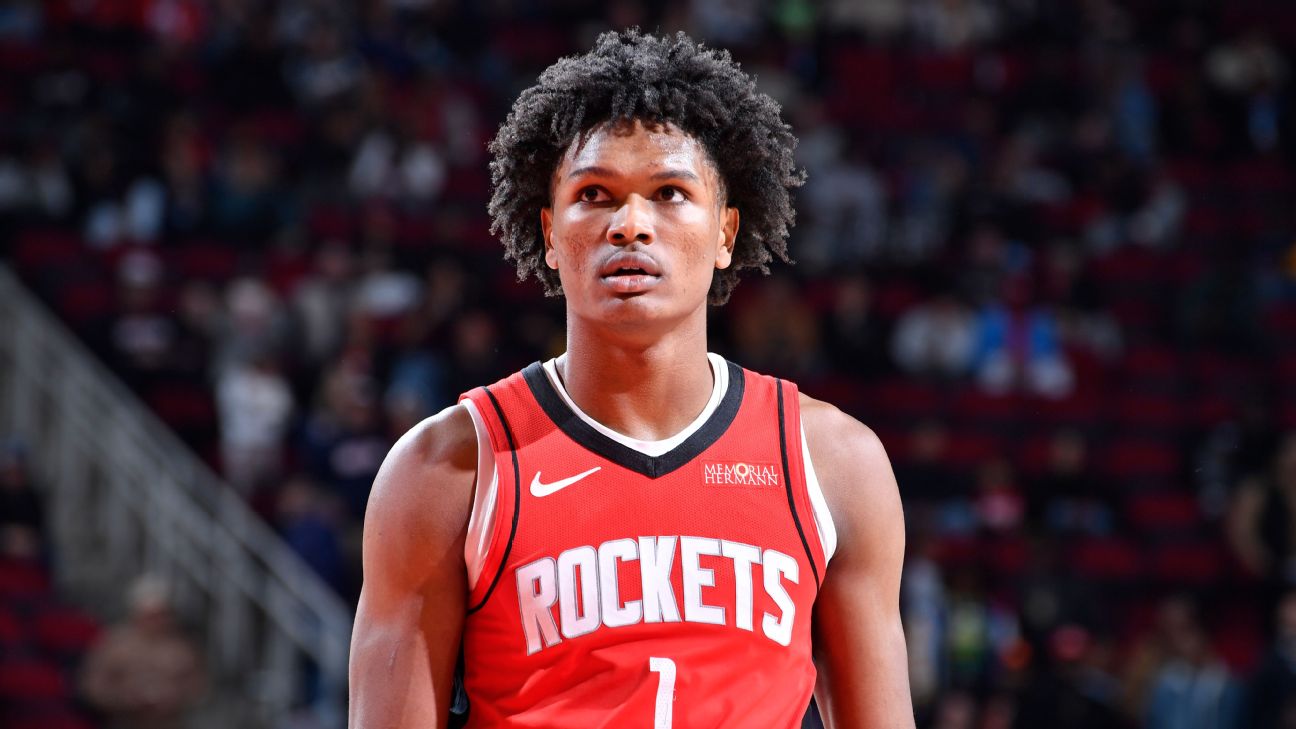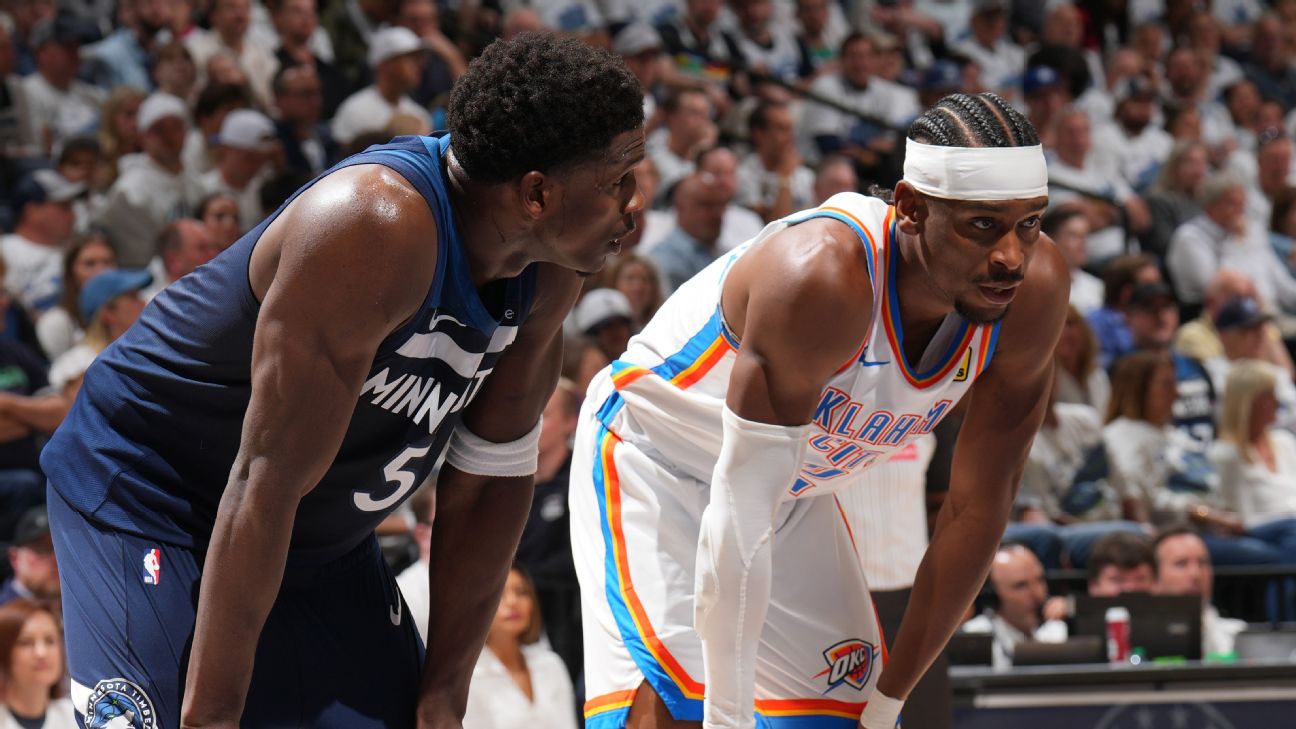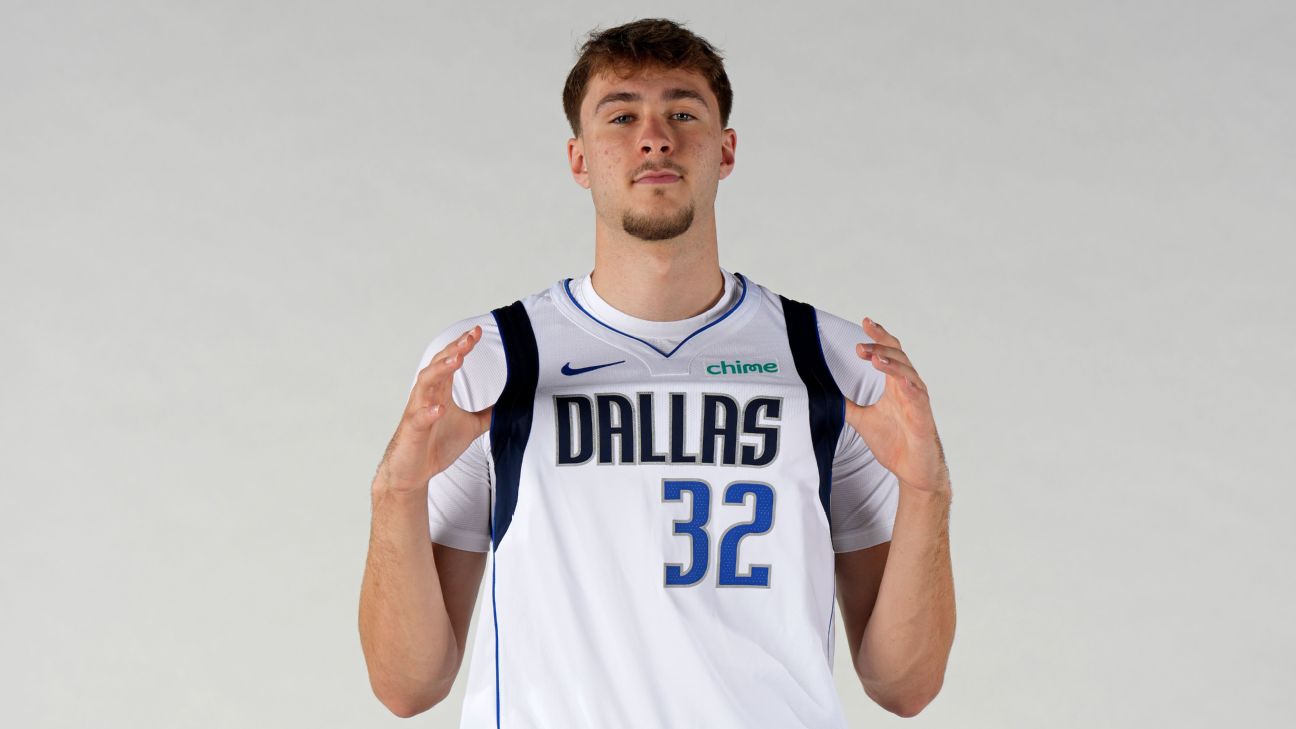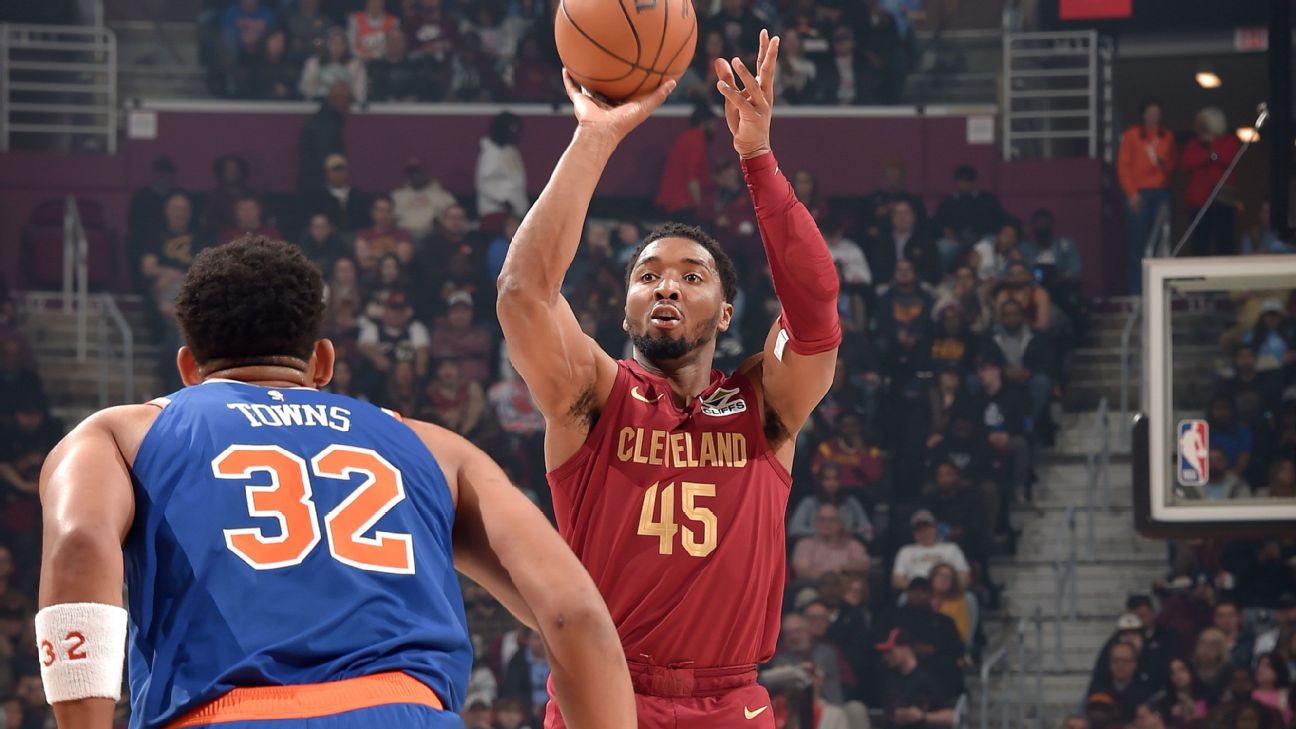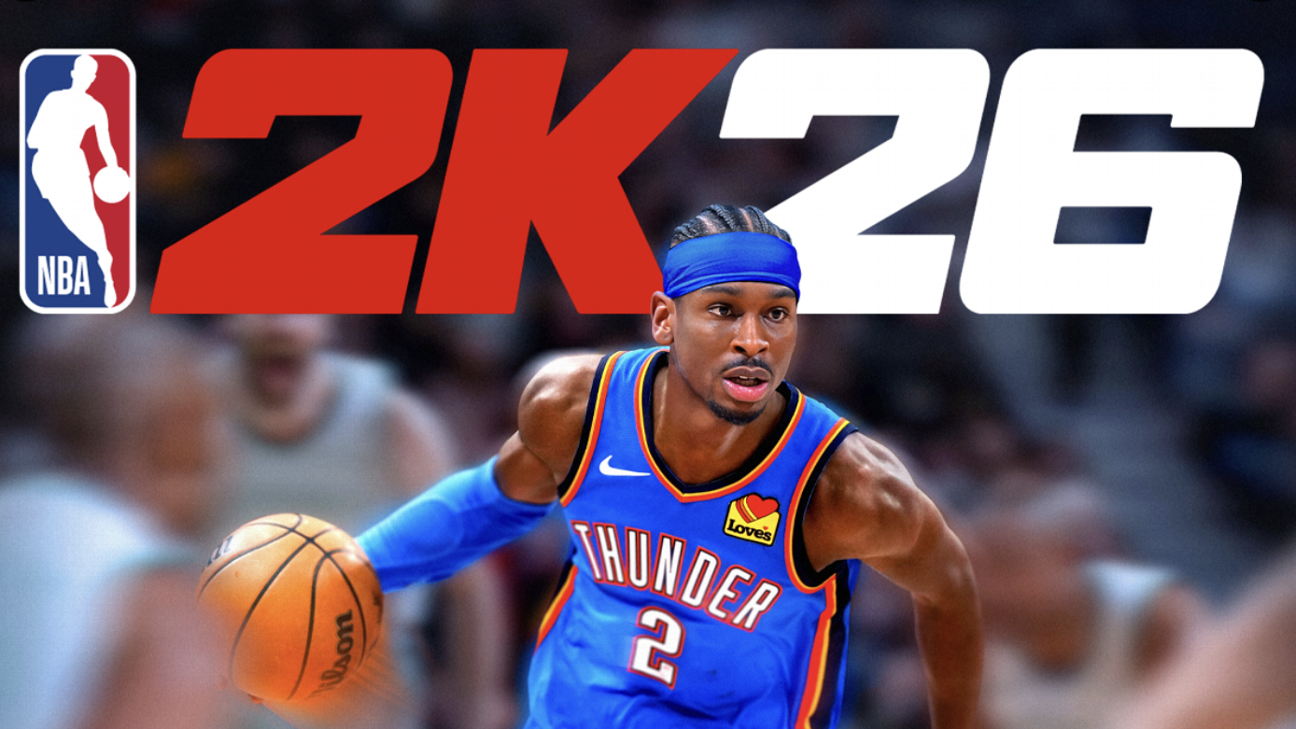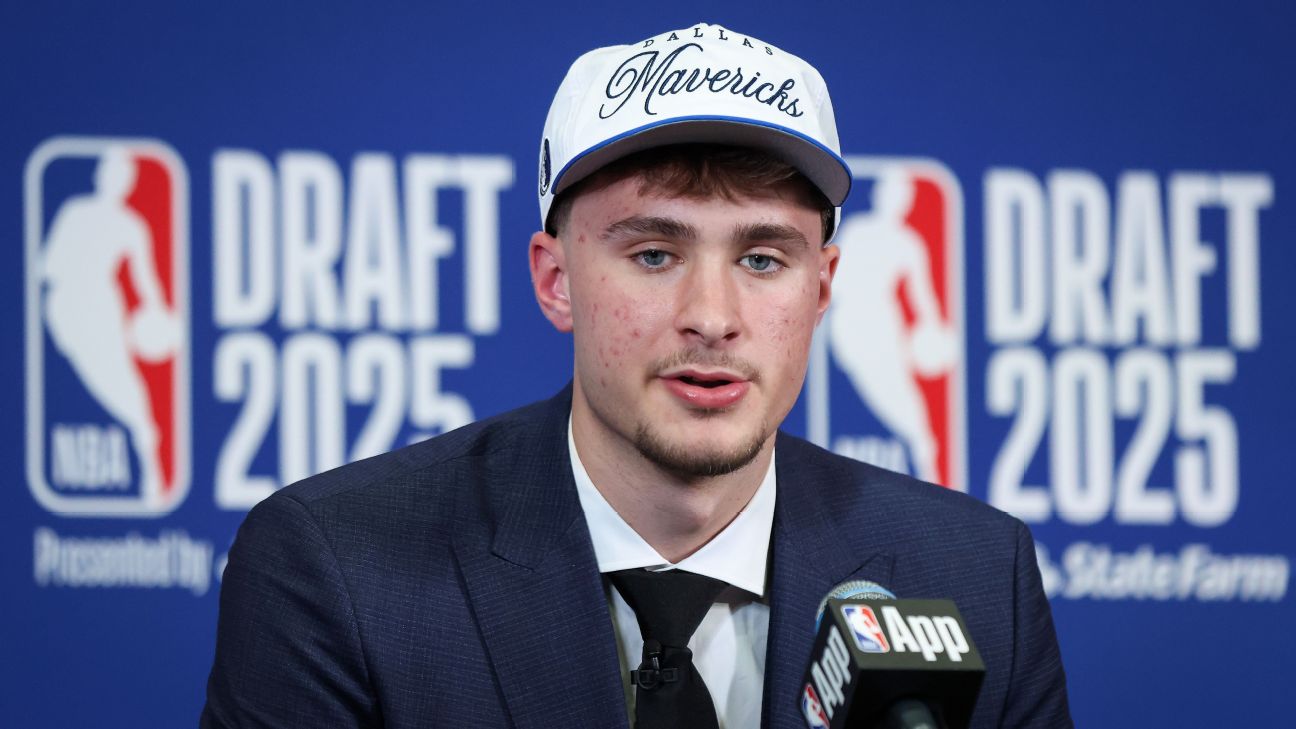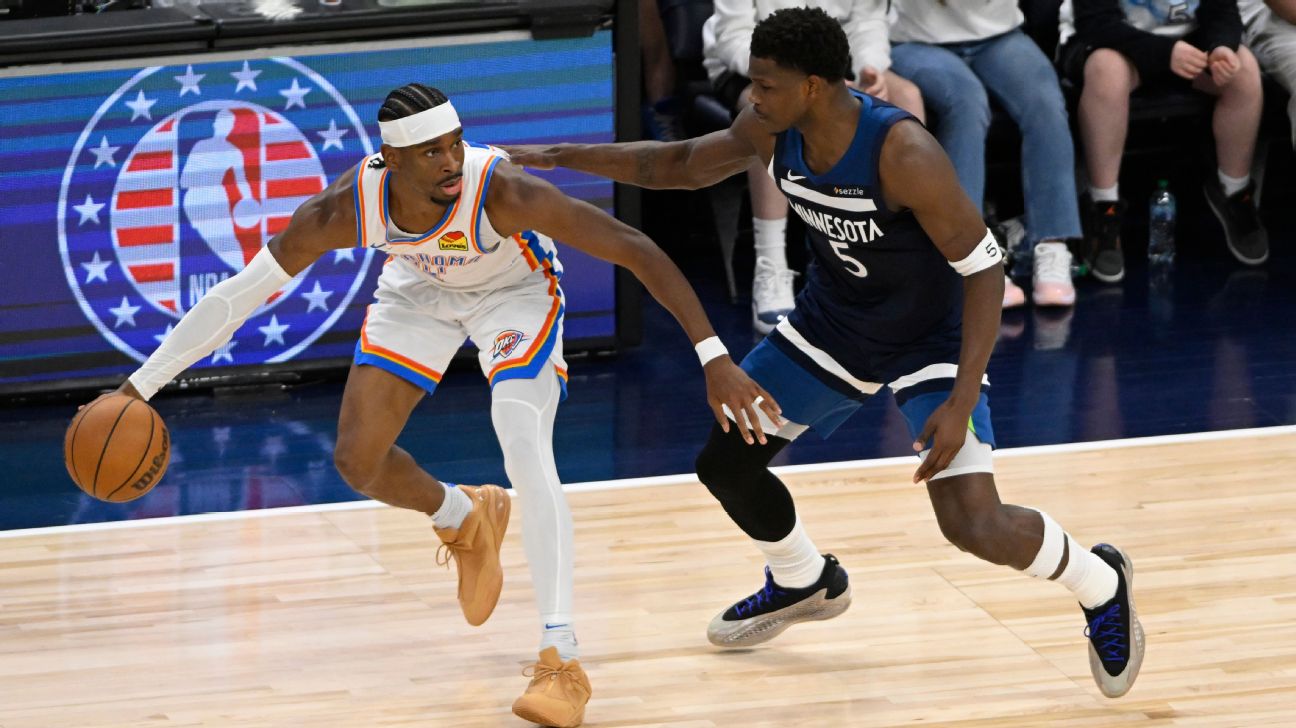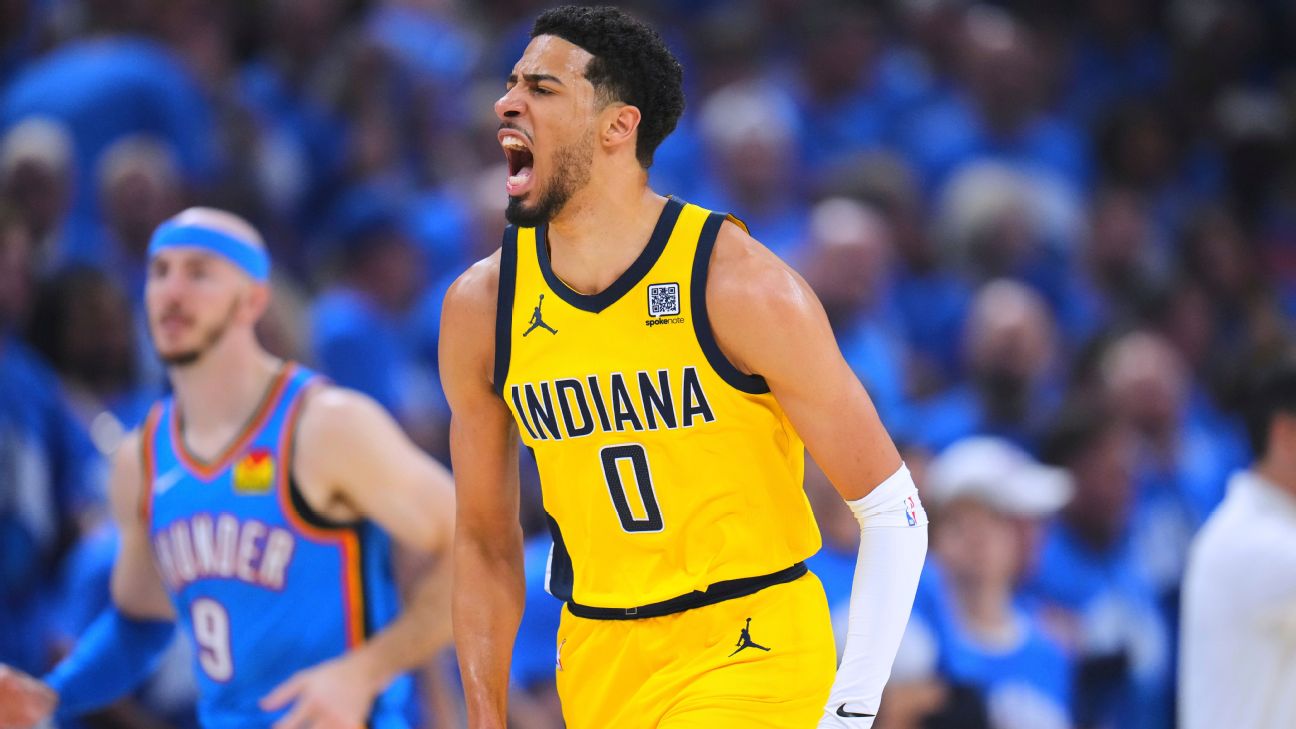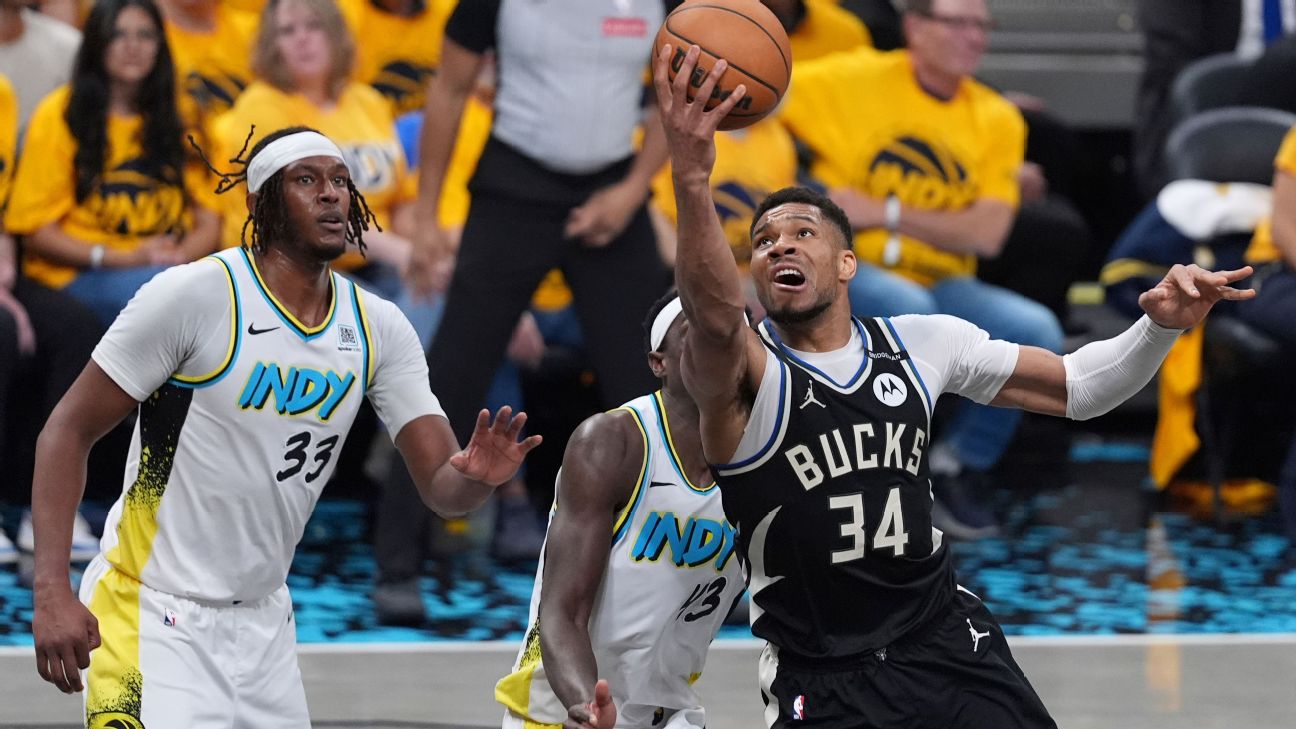Navigating the NBA's Second Apron: Teams, Strategies, and Future Implications
Explore how NBA teams navigate the second apron rules, their strategies for roster management, and the future implications of these financial constraints.
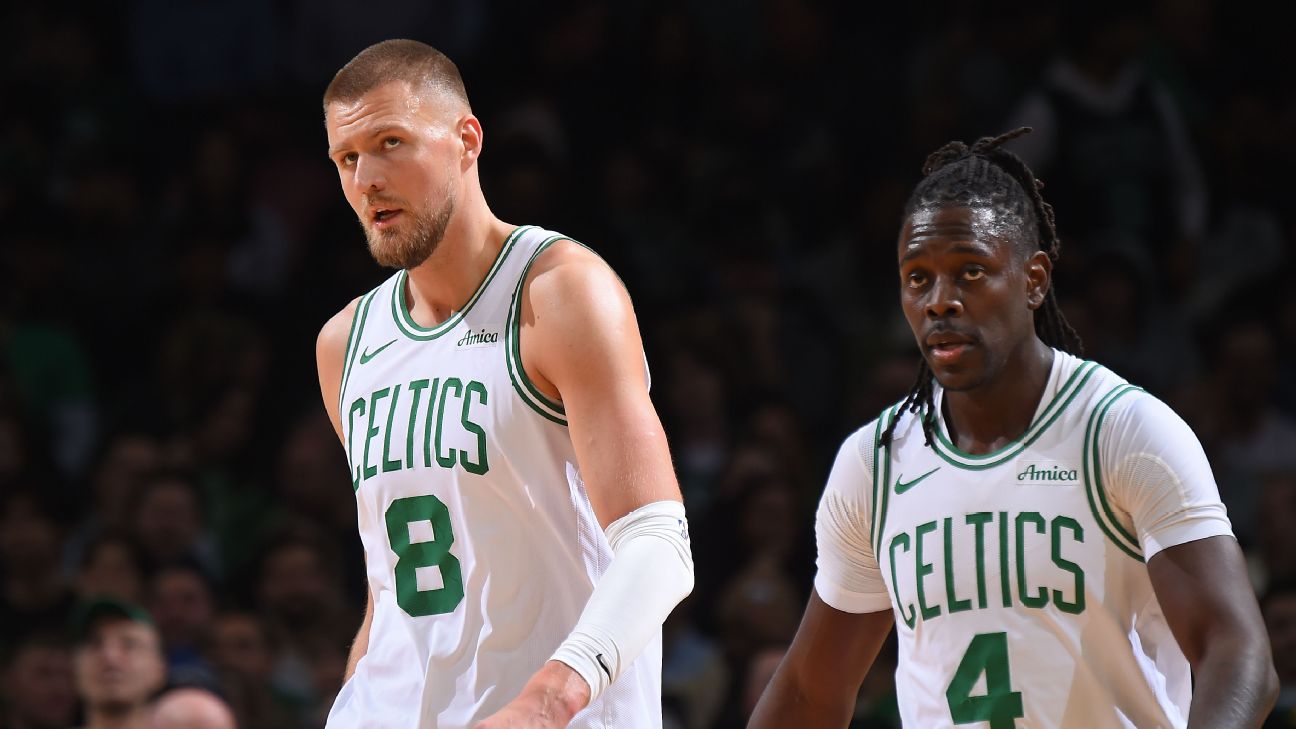
The NBA's Second Apron: A New Era of Financial Constraints
The NBA's second apron, introduced in the 2023 collective bargaining agreement, has significantly altered the landscape of team building. Designed to level the playing field, these rules impose strict penalties on teams that exceed the salary cap threshold, limiting their ability to stack rosters with high-priced talent.
The Impact on High-Spending Teams
Teams like the Boston Celtics, Phoenix Suns, and Minnesota Timberwolves have already felt the sting of the second apron. These franchises, once known for their aggressive spending, are now forced to make tough decisions to avoid punitive measures. For instance, the Celtics had to trade key players like Jrue Holiday and Kristaps Porzingis to reduce their payroll and stay under the second apron.
Strategies to Navigate the Second Apron
-
Roster Retooling: Teams are increasingly focusing on retaining their core players while shedding expensive contracts. The Minnesota Timberwolves, for example, traded Karl-Anthony Towns for Julius Randle and Donte DiVincenzo, reducing their financial burden without dismantling their competitive roster.
-
Contract Management: Teams are also renegotiating contracts to lower salaries. Rudy Gobert's extension with the Timberwolves is a prime example, where his salary was reduced by $12 million, providing the team with more financial flexibility.
-
Draft and Development: With limited resources for free agency and trades, teams are investing more in drafting and developing young talent. The Oklahoma City Thunder, with their plethora of draft picks, are a model for this approach, ensuring a steady influx of cost-effective players.
Future Implications
The second apron rules are here to stay, and their impact will continue to shape the NBA's competitive balance. Teams that can effectively manage their finances while maintaining a competitive roster will have a significant advantage. Conversely, those that fail to adapt may find themselves in a perpetual cycle of financial and competitive struggles.
Teams to Watch
- Cleveland Cavaliers: Despite being over the second apron, the Cavaliers have chosen to retain their core players, betting on their ability to compete for a championship.
- Oklahoma City Thunder: With a wealth of draft picks and young talent, the Thunder are well-positioned to avoid the pitfalls of the second apron while building a sustainable contender.
- Denver Nuggets: The Nuggets have taken a proactive approach, balancing their finances and strengthening their roster to remain competitive without breaching the second apron.
Conclusion
The NBA's second apron has introduced a new layer of complexity to team building. As teams navigate these financial constraints, the strategies they employ will determine their success on and off the court. The ability to balance financial prudence with competitive ambition will be the hallmark of the league's top franchises in the years to come.
